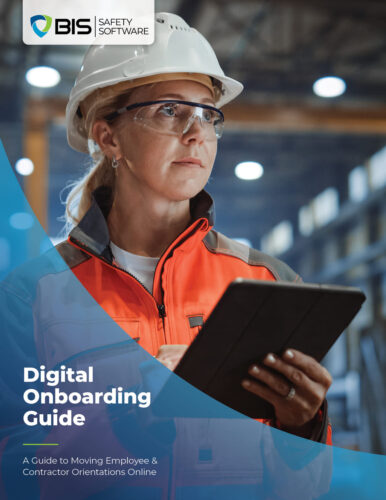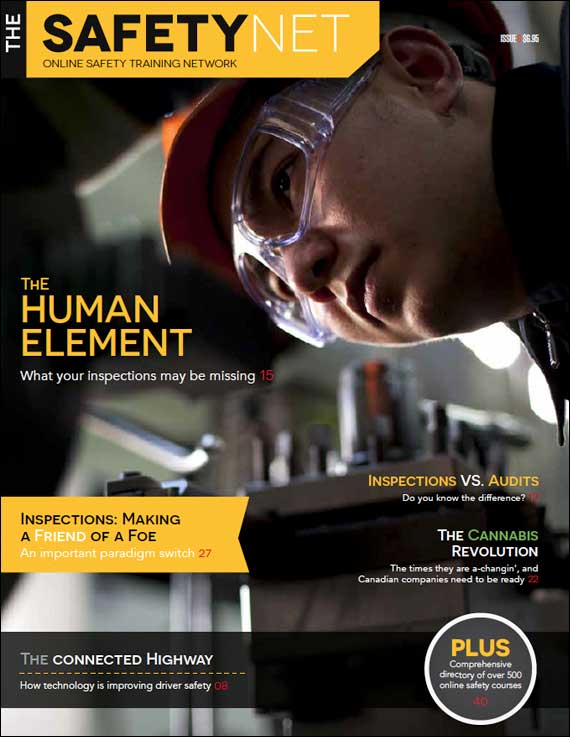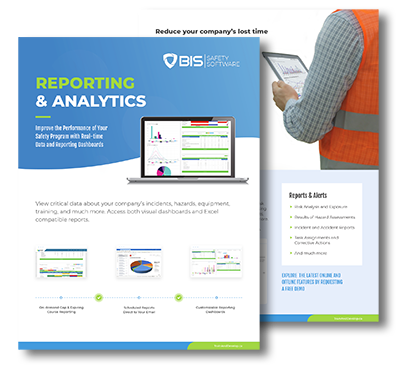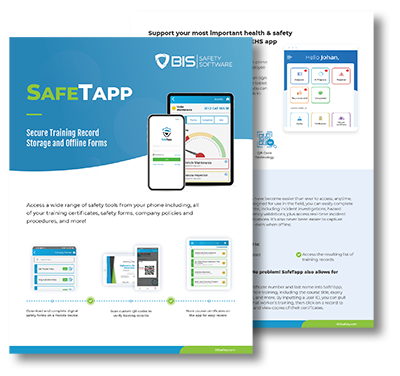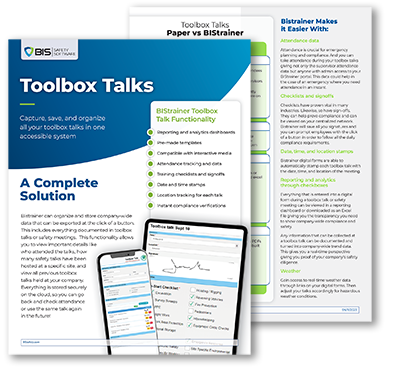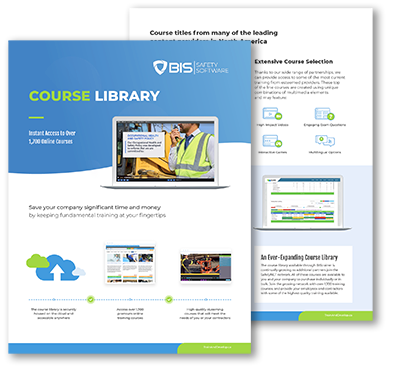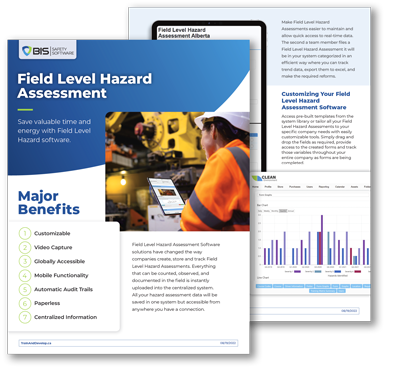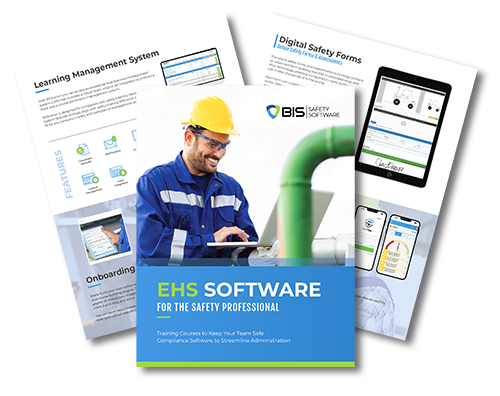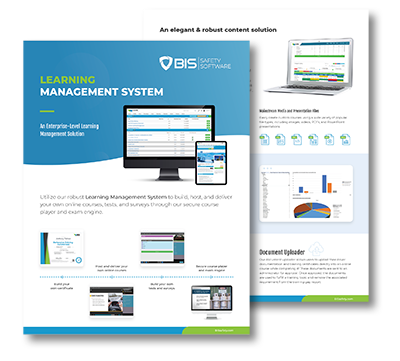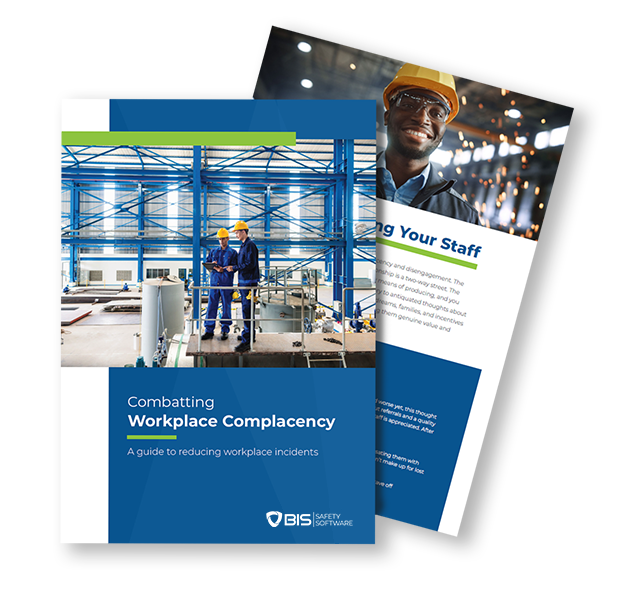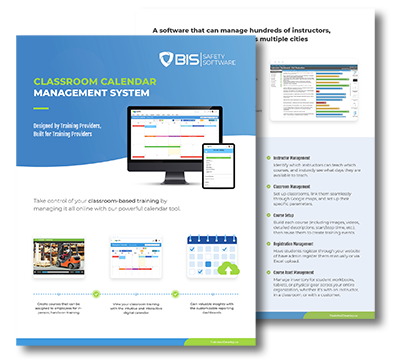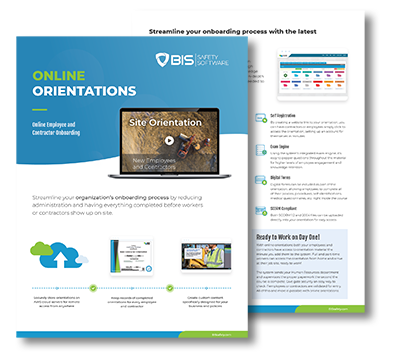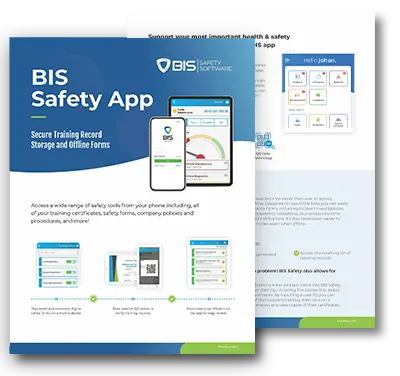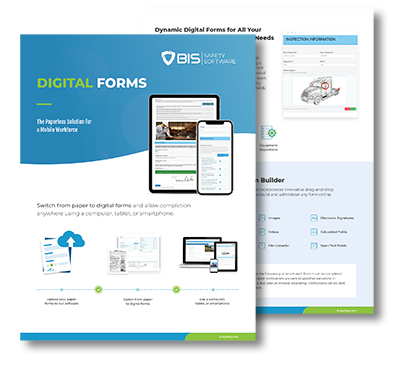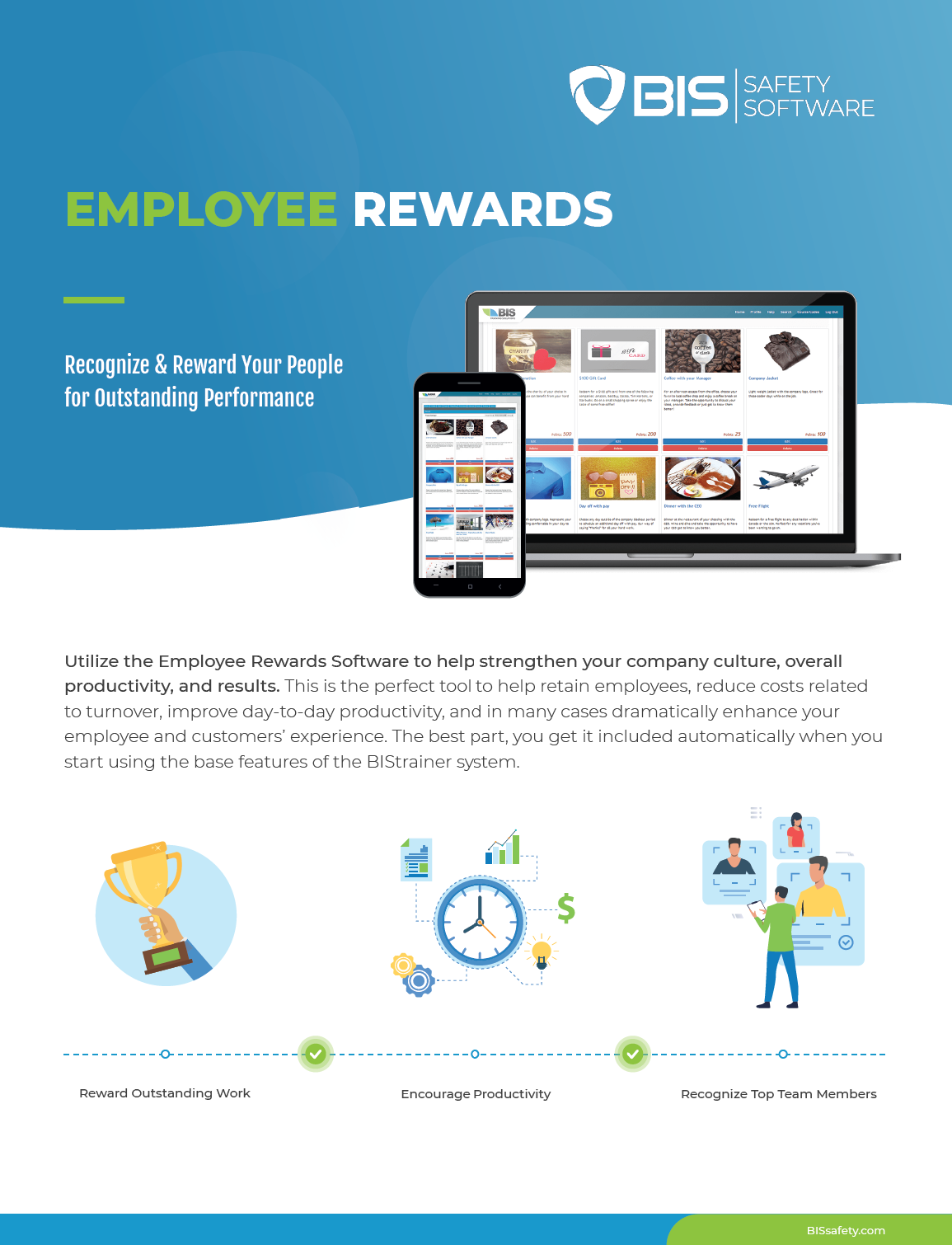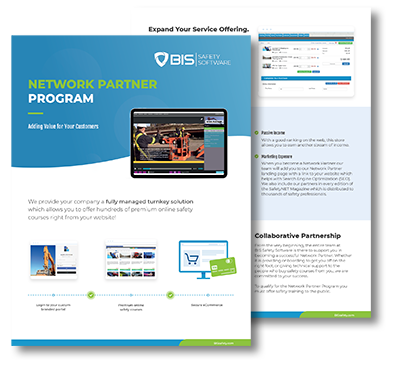
Understanding Confined Space Safety Training
When it comes to high-risk work, confined spaces stand out as some of the most dangerous. Whether it’s a tank, tunnel, or trench, these environments can hide threats like toxic gases, oxygen deficiency, or engulfment hazards. Once a worker steps across that entry line, every decision must be deliberate. Safe confined space entry isn’t about luck, it’s about planning, teamwork, and well-practiced safety control measures.
What qualifies as a confined space?
In safety terms, a confined space isn’t just a tight spot, it’s any fully or partially enclosed area not designed for continuous human occupancy and with limited entry or exit. Under OSHA and related safety standards, confined spaces often include silos, storage tanks, sewers, and tunnels.
Both the space’s structure (like poor ventilation or blocked exits) and its contents (such as fumes, water, or grain) can quickly turn routine maintenance into a life-threatening situation. That’s why proper identification, signage, and hazard assessment are mandatory before anyone enters.
Who’s responsible for confined space safety?
Confined space entry takes a full team, each with a critical role:
- Employer: Develops the confined space program, ensures hazard identification, and provides proper training and rescue procedures.
- Entry Supervisor: Oversees all activities, verifies that safety controls are in place, and can stop work if conditions change.
- Entrant: The trained worker entering the space, responsible for communication, awareness, and exiting immediately if conditions become unsafe.
- Attendant: Monitors from outside, tracks communication, and triggers rescue if necessary but never enters the space.
Each role supports the others, forming a chain of accountability that keeps everyone safe.
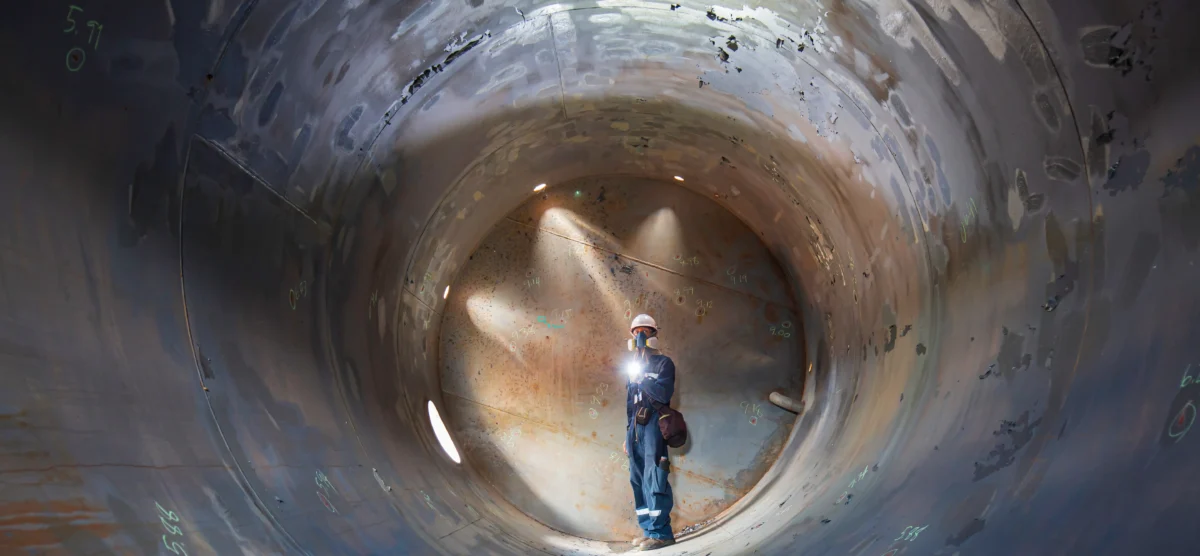
Why entry permits matter
A confined space entry permit acts as a safety contract, no one enters without it. It documents details like the scope of work, identified hazards, atmospheric testing results, control measures, and rescue plans. If the permit expires or conditions change, entry must stop immediately. The permit must remain posted at the entry point as a clear record of compliance.
Managing confined space hazards
To control risks, teams apply the hierarchy of controls:
- Eliminate the need to enter if possible.
- Substitute safer methods or materials.
- Engineer controls like ventilation or barriers.
- Apply administrative controls through training and permits.
- Use PPE such as respirators or harnesses, always as the last line of defense.
Atmospheric testing is especially critical. Because gases like hydrogen sulfide settle low and methane rises high, continuous monitoring at multiple levels is the only way to ensure safety.
Rescue readiness saves lives
According to safety data, most confined space deaths involve would-be rescuers. That’s why rescue capability must be verified before entry through either in-house or third-party rescue teams. Plans must include self-rescue, non-entry rescue, and, only if necessary, full entry rescue.
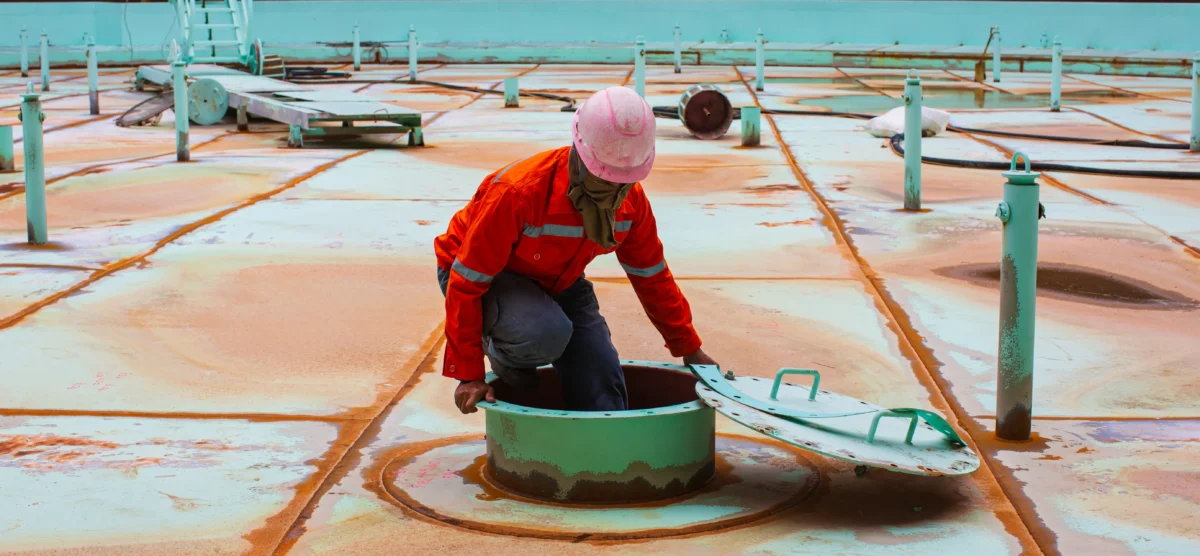
Building a proactive safety culture
Confined space safety training goes beyond rules. It builds the confidence, communication, and judgment workers need to make real-time safety decisions. The best programs encourage teams to speak up, re-assess, and learn from every task.
Ready to strengthen your program?
Explore our Confined Space Safety Training and help your team stay compliant, confident, and prepared for anything.









